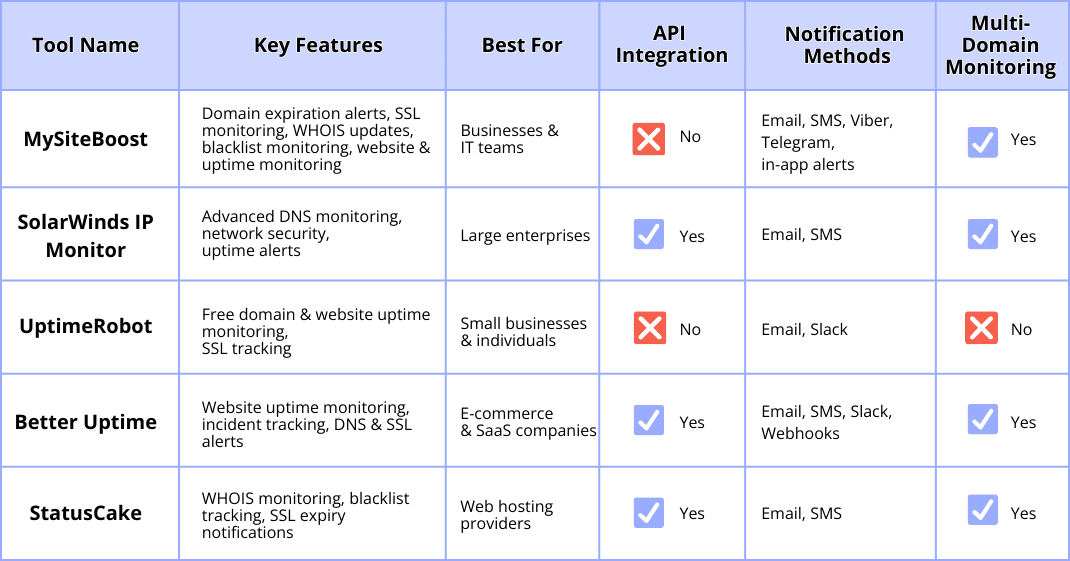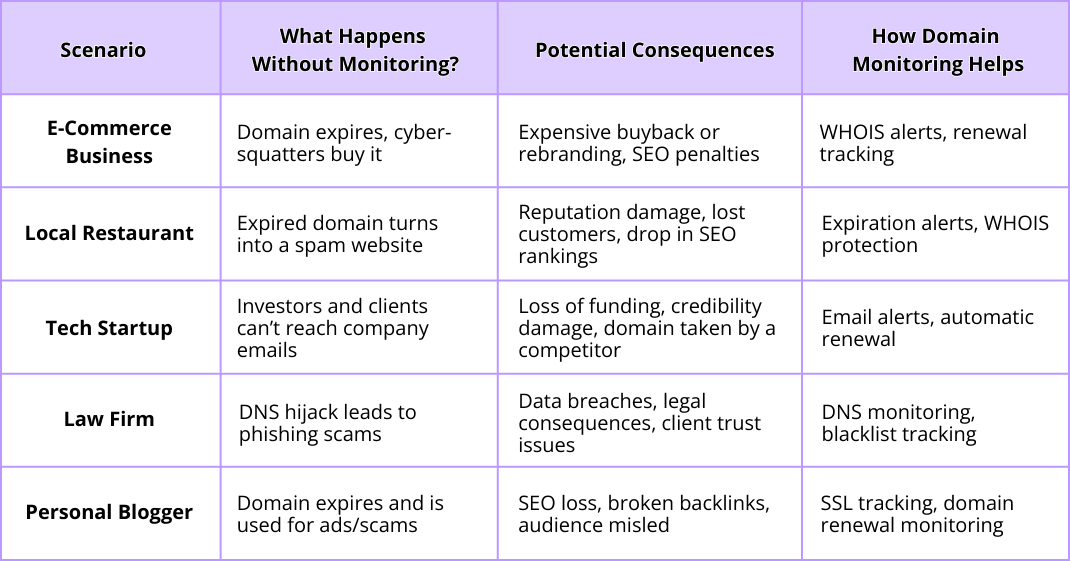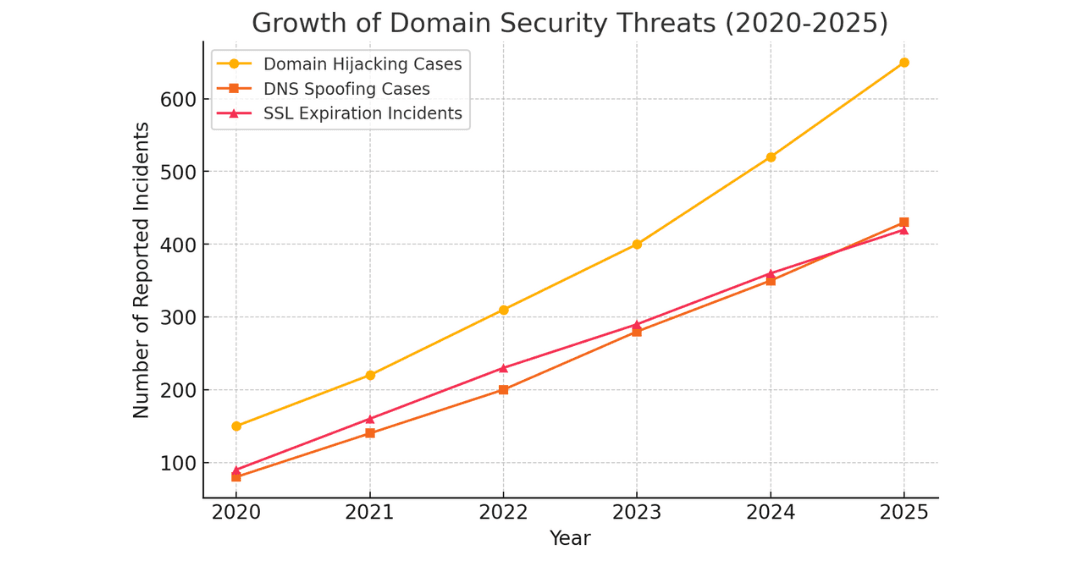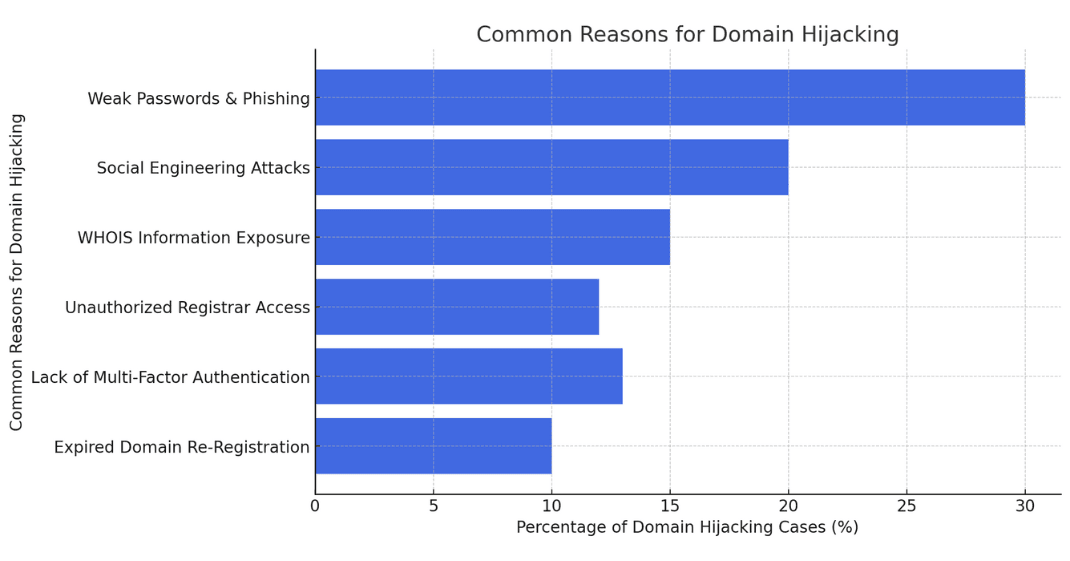Setting up domain monitoring ensures that your website remains secure, operational, and protected from cyber threats. Whether you're managing a single domain or overseeing multiple web assets, following these five essential steps will help you implement an effective monitoring strategy.
Step 1: Choose the Right Domain Monitoring Tool
The first step is selecting a reliable domain monitoring solution that fits your needs. Some popular options include:
- UptimeRobot – Free and paid plans for website uptime monitoring
- Better Uptime – Incident tracking and DNS monitoring
- SolarWinds IP Monitor – Advanced DNS and WHOIS monitoring for enterprises
- StatusCake – SSL expiration and blacklist monitoring
- MySiteBoost – Comprehensive domain monitoring, expiration tracking, DNS security, and WHOIS alerts
If you're unsure which tool best suits your business, consider using a service that provides full-scale domain monitoring and security automation, such as MySiteBoost, which simplifies setup and management.
Step 2: Set Up Domain Expiration Alerts
Failing to renew a domain on time can result in business disruptions or even domain loss. To avoid this:
- Enable automatic renewal with your domain registrar (GoDaddy, Namecheap, Cloudflare, etc.)
- Set up email & SMS reminders for renewal deadlines
- Use WHOIS monitoring tools to detect unauthorized domain ownership changes
Many domain monitoring platforms offer built-in expiration tracking, making it easy to keep domains active without manual checks.
Step 3: Monitor DNS Changes to Prevent Cyber Attacks
DNS records control where your website and email services point. Hackers often modify DNS settings to redirect traffic, launch phishing attacks, or steal sensitive data.
To protect your domain:
- Enable real-time DNS monitoring for instant alerts on unauthorized changes
- Regularly check A, CNAME, MX, and TXT records in your domain settings
- Use tools like DNSCheck, MXToolbox, or MySiteBoost’s DNS security features to track changes automatically
Without proper DNS monitoring, businesses risk data breaches and reputational damage.
Step 4: Enable SSL & Website Uptime Monitoring
An expired SSL certificate can lead to browser security warnings, causing customers to abandon your site. To prevent this:
- Activate SSL monitoring tools that notify you before your certificate expires
- Use uptime monitoring services to check for unexpected website outages
- Set up automated SSL renewal with providers like Let’s Encrypt or through a hosting service
A monitoring service such as MySiteBoost can handle SSL tracking, uptime notifications, and alert automation to ensure uninterrupted site availability.
Step 5: Get Alerts for Blacklists & WHOIS Changes
If your domain is blacklisted, search engines and email providers may block your website, reducing visibility and credibility. To stay protected:
- Set up blacklist monitoring to detect if your domain is flagged as malicious
- Enable WHOIS tracking to receive alerts if someone attempts to change ownership details
- Use MySiteBoost or similar security-focused monitoring tools to automate these checks
Without active blacklist and WHOIS monitoring, businesses may lose customers due to blocked emails or flagged websites.




